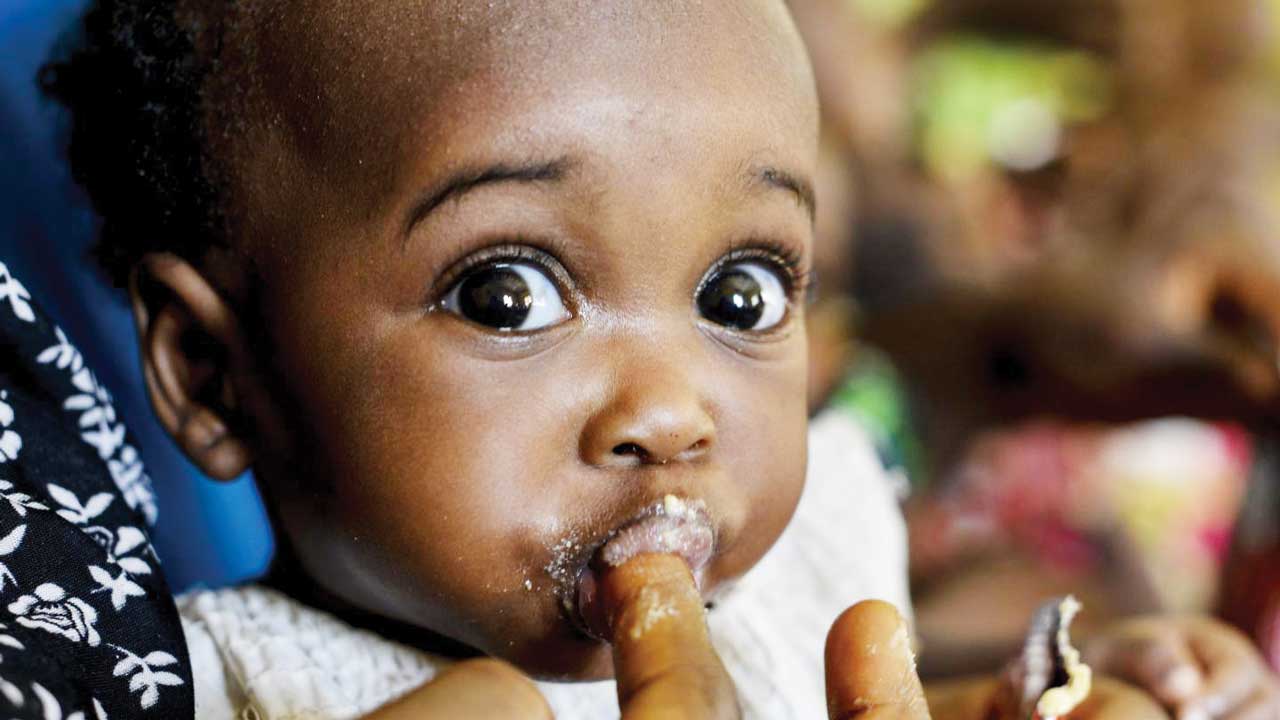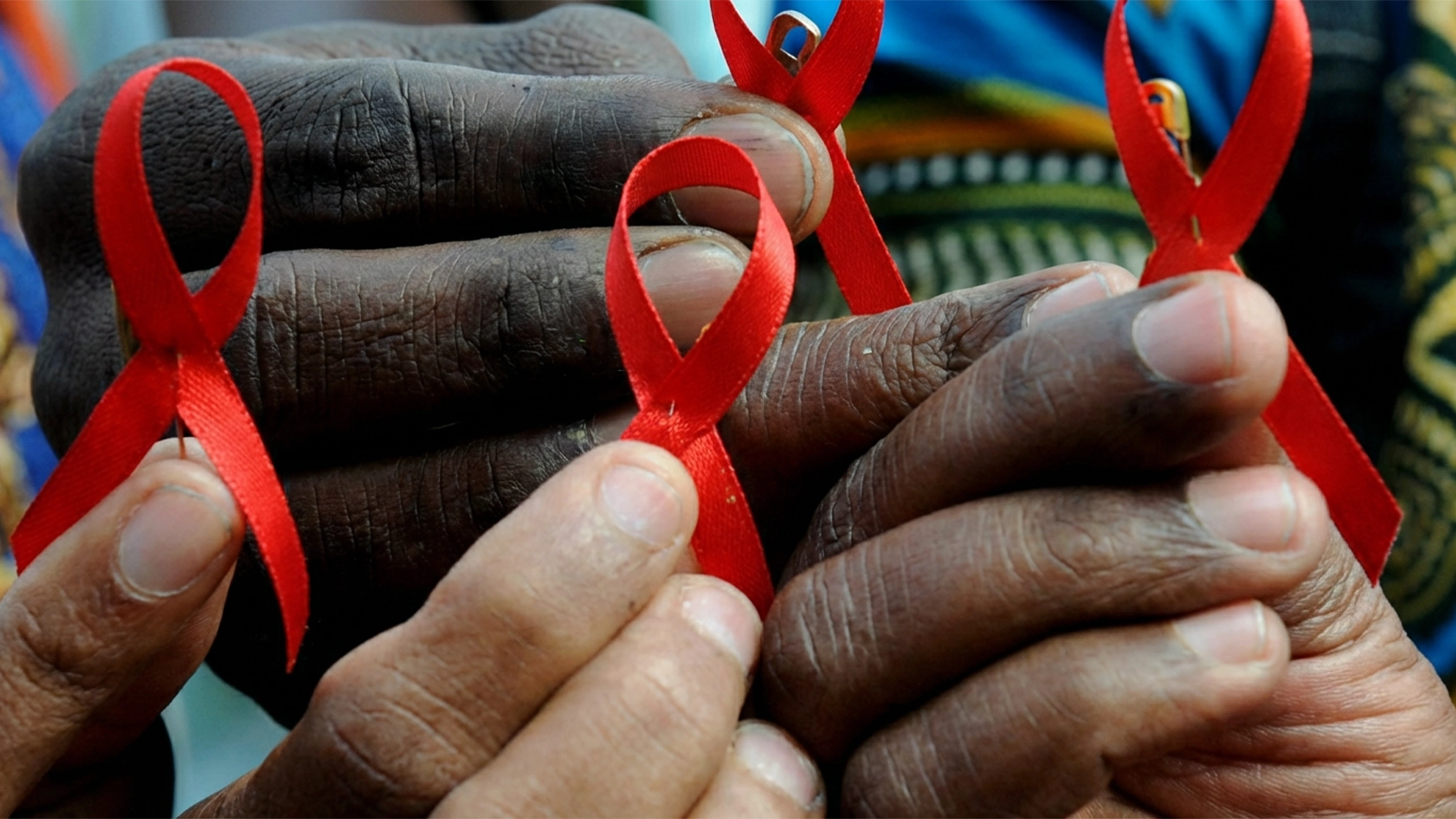Several studies from around the world has reported a disturbing trend: since the coronavirus pandemic started, there has been a significant rise in the proportion of pregnancies ending in stillbirths, in which babies die in the womb. Researchers say that in some countries, pregnant women have received less care than they need because of lockdown restrictions and disruptions to health care. They say, as a result, complications that can lead to stillbirths were probably missed.
The largest study to report a rise in the stillbirth rate, based on data from more than 20,000 women who gave birth in nine hospitals across Nepal, was published in The Lancet Global Health on August 10. It reported that stillbirths increased from 14 per 1,000 births before the country went into lockdown to stop the spread of the coronavirus in late March, to 21 per 1,000 births by the end of May — a rise of 50 per cent. The sharpest rise was observed during the first four weeks of the lockdown, under which people were allowed to leave their homes only to buy food and receive essential care.
The study, led by Ashish K.C., a perinatal epidemiologist at Uppsala University, Sweden, and his colleagues, found that although the rate of stillbirths jumped, the overall number was unchanged during the pandemic. This can be explained by the fact that hospital births halved, from an average of 1,261 births each week before lockdown to 651. And a higher proportion of hospital births during lockdown had complications. The researchers don’t know what happened to women who didn’t go to hospital, or to their babies, so they cannot say whether the rate of stillbirths increased across the population.
They said the increase in the proportion of stillbirths among hospital births was not caused by COVID-19 infections. Rather, he said, it is probably a result of how the pandemic has affected access to routine antenatal care, which might have otherwise picked up complications that can lead to stillbirth. Pregnant women might have been unable to travel to health facilities for lack of public transport; in some cases, antenatal appointments were reportedly cancelled. Others might have avoided hospitals for fear of contracting Severe Acute Respiratory Syndrome Coronavirus type 2 (SARS-CoV-2), the virus that causes COVID-19, or had consultations by phone or Internet. Disruptions brought about by the pandemic have also been linked to a rise in deaths from heart disease and diabetes.
“Nepal has made significant progress in the last 20 years in health outcomes for women and their babies, but the last few months have deaccelerated that progress,” Ashish said.
Birth data from a large hospital in London showed a similar trend. In July, Asma Khalil, an obstetrician at St George’s, University of London, and her colleagues reported a nearly fourfold increase in the incidence of stillbirths at St George’s Hospital, from 2.38 per 1,000 births between October 2019 and the end of January this year, to 9.31 per 1,000 births between February and mid-June.
Khalil called this the collateral damage of the pandemic. She said that during lockdown, pregnant women might have developed complications that were not diagnosed, and might have hesitated about coming to hospital and therefore been seen by doctors only when a complication was advanced, when less could be done.
Four hospitals in India also reported a jump in the stillbirth rate during the country’s lockdown. And as in Nepal, fewer women had their babies in those hospitals. Referrals of women requiring emergency pregnancy care also dropped by two-thirds. This suggests that more births were happening unattended, at home or in small facilities, according to the authors. Scotland — one of a few countries that collate data on stillbirths and infant deaths monthly — has also detected an uptick in the rate of stillbirths in the months of the pandemic.
In normal times, the World Health Organisation recommends that women be seen by medical professionals at least eight times during pregnancy — even if the pregnancy is judged low-risk — to detect and manage problems that might harm the mother, the baby or both. Much of the risk of stillbirth can be averted if women sleep on their side from 28 weeks’ gestation, stop smoking and notify their midwife or doctor if their baby is moving less. The last trimester of pregnancy is particularly important for regular health checks, but women are typically monitored for risk factors such as restricted fetal growth and high blood pressure throughout pregnancy.
When the pandemic hit, professional bodies for maternity health providers recommended that some face-to-face consultations be substituted with remote appointments to protect women from the coronavirus.
But health-care workers can’t take someone’s blood pressure, listen to their baby’s heartbeat or do an ultrasound remotely, Warland said. Because of this, high-risk pregnancies might have been missed, she said, particularly among first-time mothers who are less likely to know what an abnormality feels like. For instance, St George’s Hospital reported a drop in the number of pregnant women presenting with high blood pressure during the UK lockdown. This suggests that “women with hypertension aren’t being managed as they normally would, and undetected hypertension is a risk factor for stillbirth”, Warland said.
Meanwhile, a new study from the United States (U.S.) Centers for Disease Control and Prevention (CDC) suggests pregnant women with COVID-19 who are hospitalised may be at an increased risk of giving birth prematurely.
Data showed that 12.6 per cent of live births among hospitalised women with COVID-19 in the study were preterm compared with 10 per cent of births that were observed in the general US population in 2018.
“In this study, preterm births occurred approximately three times more frequently in symptomatic pregnant women than in those who were asymptomatic,” the CDC researchers wrote in the study.
The study, published on Wednesday, included data on 598 hospitalised pregnant women with COVID-19 in 13 states across the US between March 1 and August 22. More than half of the women, 54.5 per cent, were asymptomatic when they were admitted to the hospital, the data showed.
Among the women who were showing symptoms, 16.2 per cent ended up in the intensive care unit, 8.5 per cent required invasive mechanical ventilation and two women, or 0.7 per cent, died. No asymptomatic women needed intensive care, required mechanical ventilation or died, the study noted.
Pregnancy losses occurred for two per cent of all pregnancies that were completed while in the hospital and were experienced by both symptomatic and asymptomatic women, the data showed.
Among the pregnancies that resulted in live births, preterm delivery was reported for 23.1 per cent of symptomatic women compared with eight per cent of asymptomatic women, the data showed. Among the live births, two newborns died while in the hospital — both were born to symptomatic women who required invasive mechanical ventilation.
The study had some limitations, including that the data were only on pregnant women who were hospitalized and the reason for being hospitalised was unavailable for nearly half of the women in the data — which limits the ability to distinguish between who was hospitalized for pregnancy reasons versus reasons related to COVID-19.
“Pregnant women and health care providers should be aware of potential risks for severe COVID-19, including adverse pregnancy outcomes,” the researchers wrote.
This is not the first time that an association between preterm birth and COVID-19 has been identified.
A paper published earlier this month in the BMJ medical journal found pregnant women with COVID-19 were at increased risk of delivering preterm, but preterm birth rates were not high.
“While overall risks to pregnant women from coronavirus are low, the findings of this study highlight the particular risks to pregnant women,” Dr. Edward Morris, president of the Royal College of Obstetricians and Gynecologists, said in a statement at the time. “Pregnant women are included in the list of people at moderate risk as a precaution and pregnant women should therefore continue to follow the latest government guidance on social distancing and avoiding anyone with symptoms suggestive of coronavirus.”






